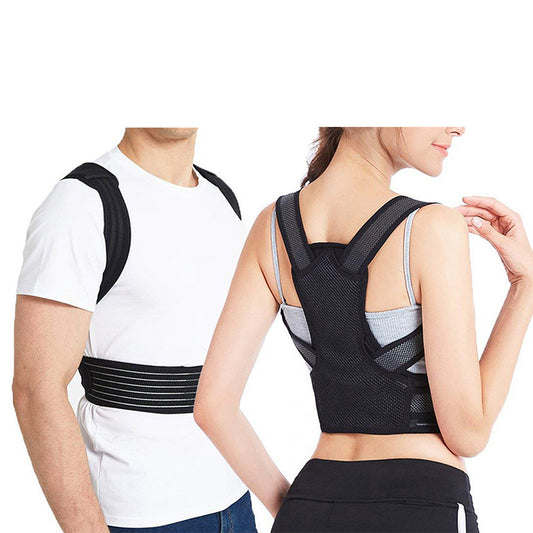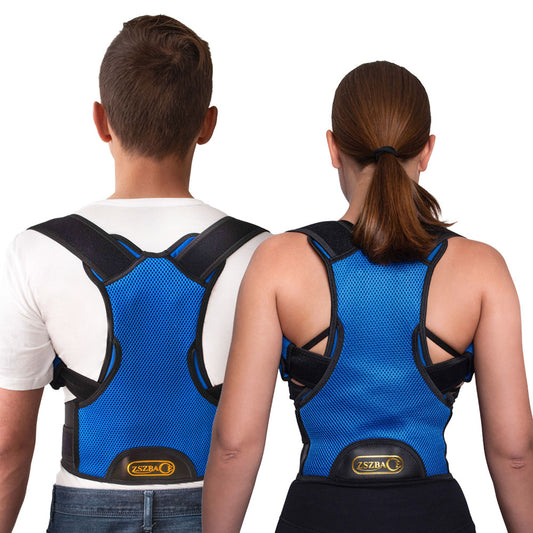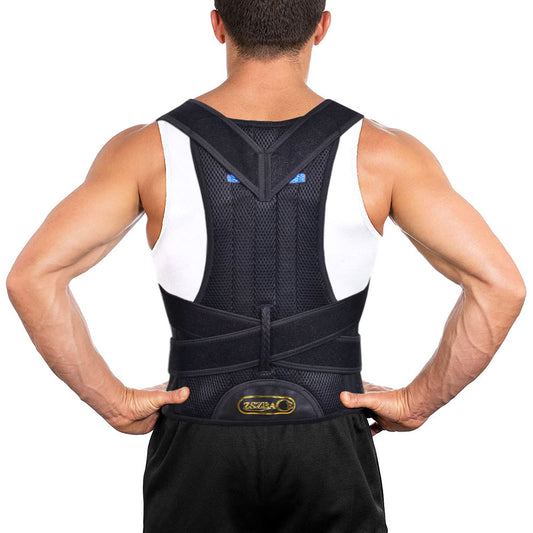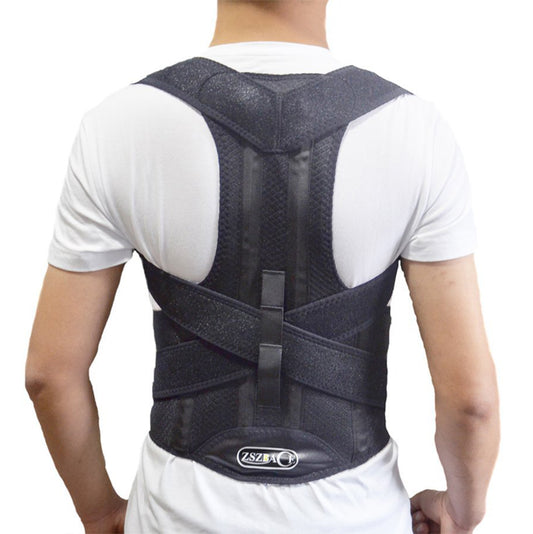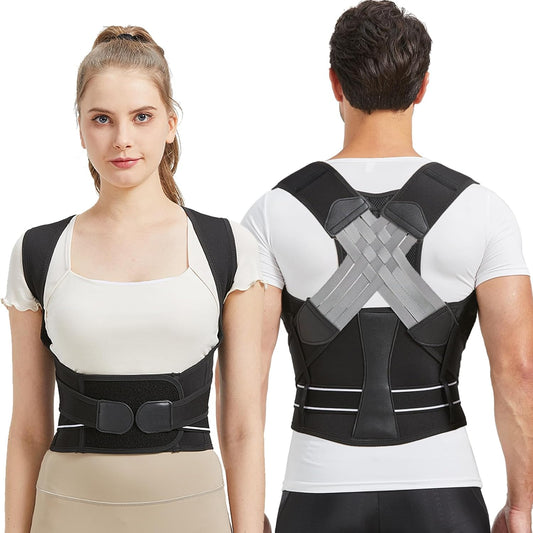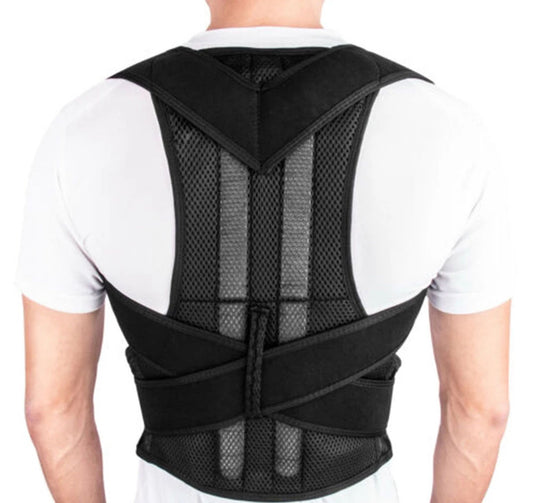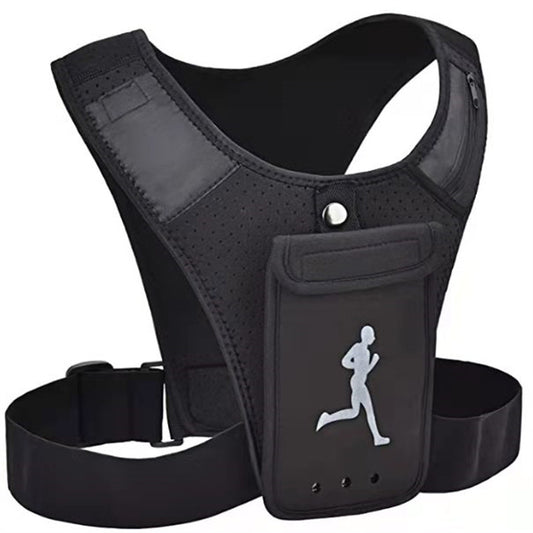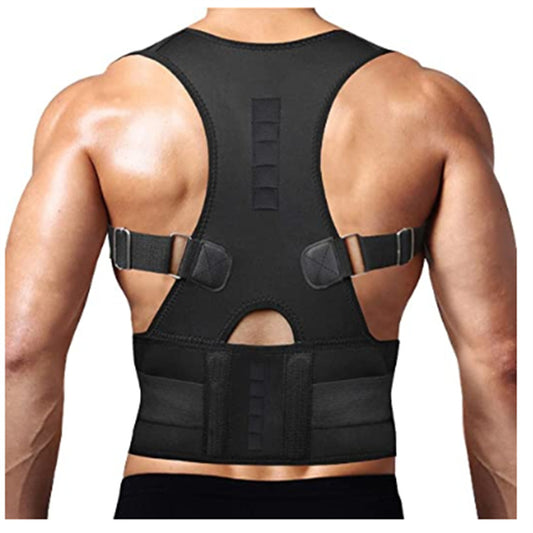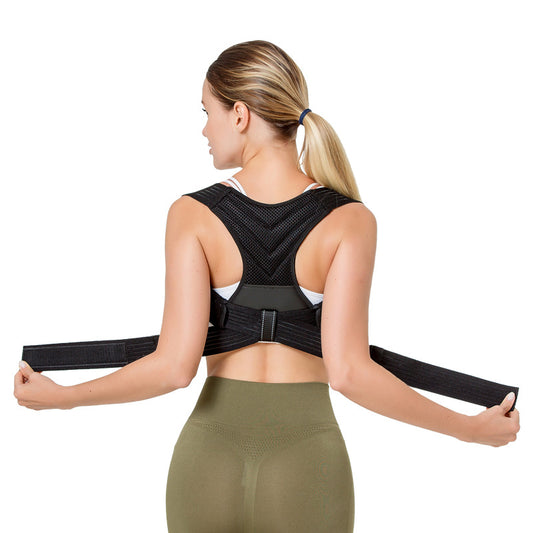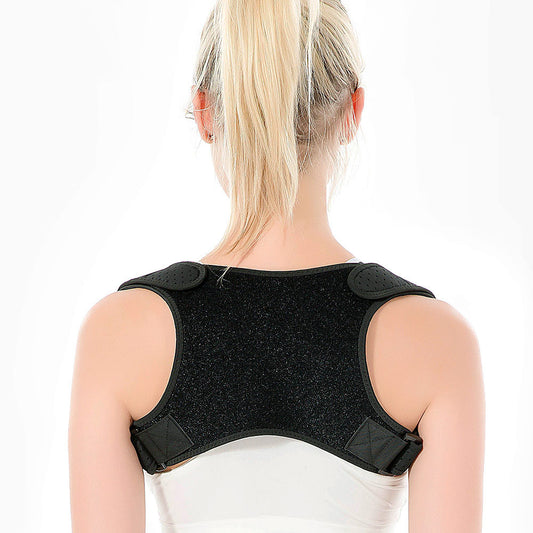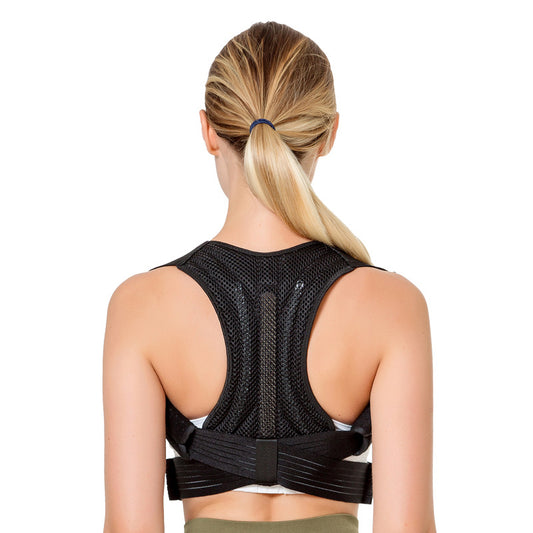-
{Ship from US} ZSZBACE Back Support Belts Posture Corrector Back Brace
Regular price $36.00 USDRegular price$59.00 USDSale price $36.00 USDSale -
Posture Corrector for Men and Women Adjustable Upper Back Brace for Clavicle to Support Neck, Back and Shoulder (Universal Fit, U.S. Design Patent)
Regular price $25.00 USDRegular price -
ZSZBACE Back Brace Posture Corrector for Women and Men Back Lumbar Support
Regular price $36.00 USDRegular price$59.00 USDSale price $36.00 USDSale -
ZSZBACE Back Support Belts Posture Corrector Back Brace
Regular price $36.00 USDRegular price$36.00 USDSale price $36.00 USD -
ZSZBACE Back brace, Scoliosis Humpback Correction Belt, Adjustable Comfort Invisible for Man Woman Adult Students Children
Regular price $32.00 USDRegular price$32.99 USDSale price $32.00 USDSale -
Back Support Belts Posture Corrector Back Brace Improves Posture and Provides For Lower and Upper Back Pain Men and Women
Regular price $36.00 USDRegular price$38.00 USDSale price $36.00 USDSale -
NEW Upgraded Back Brace Support Belt for Upper back, Neck and Shoulder Pain, Invisible Posture Corrector, Premium Material with Convenient Design for Daily Use
Regular price $36.00 USDRegular price$38.00 USDSale price $36.00 USDSale -
Back Brace Posture Corrector Clavicle Support Brace Medical Device to Improve Bad Posture, Thoracic Kyphosis, Shoulder Alignment, Upper Back Pain Relief for Men and Women
Regular price $37.99 USDRegular price$45.99 USDSale price $37.99 USDSale -
NEW Back Brace Posture Corrector for Women and Men
Regular price $25.00 USDRegular price$56.00 USDSale price $25.00 USDSale -
Posture Corrector for Women and Men, ZSZBACE Straight Back Posture, Adjustable Comfy Back Straightener for Neck, Back Shoulders Pain Relief, Improves Shape Posture
Regular price $36.00 USDRegular price$55.00 USDSale price $36.00 USDSale -
Posture Corrector Upper Back Brace for Men and Women Neck Shoulder Back Support Brace Pain Relief Belt Back Braces Spine Straightener
Regular price $29.99 USDRegular price$39.00 USDSale price $29.99 USDSale -
Posture Corrector Upper Back Brace Shoulder Back Support Brace Pain Relief Belt for Women Men Back Braces Spine Straightener Breathable
Regular price $25.00 USDRegular price$35.00 USDSale price $25.00 USDSale -
New adjustable sitting posture corrector back correction breathable clavicle belt invisible correction belt
Regular price $49.99 USDRegular price$65.00 USDSale price $49.99 USDSale -
Posture Corrector for Men and Women, Adjustable Upper Back Brace, Muscle Memory Support Straightener, Providing Pain Relief from Neck, Shoulder, and Upper and Lower Back
Regular price $37.99 USDRegular price$45.00 USDSale price $37.99 USDSale -
Unisex Back Corrector Steel Plate Support Invisible Correction Belt Shoulder Correction Belt
Regular price $49.99 USDRegular price$65.00 USDSale price $49.99 USDSale -
2025 Upgraded Back Brace Support Belt for Upper back, Neck and Shoulder Pain, Invisible Posture Corrector
Regular price $58.00 USDRegular price$72.00 USDSale price $58.00 USDSale
Collection: Choosing the Best Back Support Belt for Pain Relief and Posture Correction
Discover the Optimal Back Support Belt for Pain Relief and Better Posture
Lower back pain and poor posture can significantly impact your quality of life. Whether from long hours at the desk, heavy lifting, or chronic conditions, managing and alleviating this pain is essential. At ZSZBACE, we offer a range of back support belts to help you regain comfort and mobility. With years of manufacturing experience, our products are crafted from premium materials to provide effective support and long-lasting satisfaction.
Who Needs a Back Support Belt?
Individuals with Chronic Back Pain
A back support belt is particularly beneficial for those suffering from chronic back pain due to conditions like herniated discs, degenerative disc disease, or muscle strains. By providing stability, these belts can alleviate pain and prevent further injury.
People Involved in Physical Labor
If your work involves heavy lifting or repetitive motions, a support belt helps maintain proper posture, reducing the risk of back injuries and enhancing daily productivity.
Pregnant Women
Expectant mothers can benefit from maternity support belts, which lessen the load on the back and help alleviate discomfort from the weight of a growing belly, promoting better health outcomes.
Why Use a Back Support Belt?
- Pain Relief: By creating intra-abdominal pressure, these belts support the spine, reduce chronic and intermittent pain, and promote better movement of the spine.
- Posture Correction: Wearing a support belt reminds you to use proper posture, reducing the likelihood of injury during tasks that could typically strain your lower back.
- Joint Stability: The belts enhance stability in joints like the sacroiliac, reducing pain and improving mobility.
- Ease of Movement: Provides the necessary compression to allow movement with reduced pain, helping you stay active.
How to Determine if You Need a Back Support Belt
Assessing Your Condition
Consulting with a healthcare professional is crucial to diagnose your condition accurately. Conditions such as subluxation or spinal misalignment may not benefit from a back support belt. However, if diagnosed with muscular strain or a disc issue, a back brace can be a part of your recovery plan.
Suitability
A back support belt is suitable if:
- You often experience back pain during physical activities.
- You need help maintaining proper posture.
- You require additional support during specific tasks like weightlifting or pregnancy.

Product Features
- Premium Material: Crafted with high-quality components for durable support and comfort.
- Adjustable Fit: The belts can be customized to achieve the ideal fit for both men and women.
- Discrete Design: Allows for everyday wear without being intrusive.
- Breathable Fabric: Ensures comfort over extended periods.
Common Questions
How does a back brace work?
A back brace provides extra support for the spine and muscles by maintaining alignment and reducing pressure on critical areas. This can significantly reduce pain and improve functionality in daily tasks.
Can back braces help with specific conditions?
Back braces can aid non-surgical healing for conditions like spondylolysis, osteoarthritis, and vertebral compression fractures by minimizing movement and providing stabilization.
Learn more about our Upgraded Back Brace Support Belt.
What are the benefits of wearing a back brace?
- Relief from Muscle Tension: Decreases stress on the spine and muscles, allowing them to heal.
- Facilitates Healing: Restricts movement to promote faster recovery from injuries.
- Preventive Care: Can be worn during activities that risk straining the back.
Explore our Back Brace Posture Corrector for convenient daily use.
Conclusion
Investing in a back support belt from ZSZBACE can bring notable improvements in posture and pain management. With years of expertise, we prioritize your health and well-being, offering products designed to meet your needs efficiently. For more details, check our Medical Device for Better Posture.
By understanding your needs and choosing the right product, you can lead a more comfortable and active lifestyle. Whether dealing with chronic pain or aiming to prevent injuries, a back support belt can be your ideal companion on the path to relief and health.





